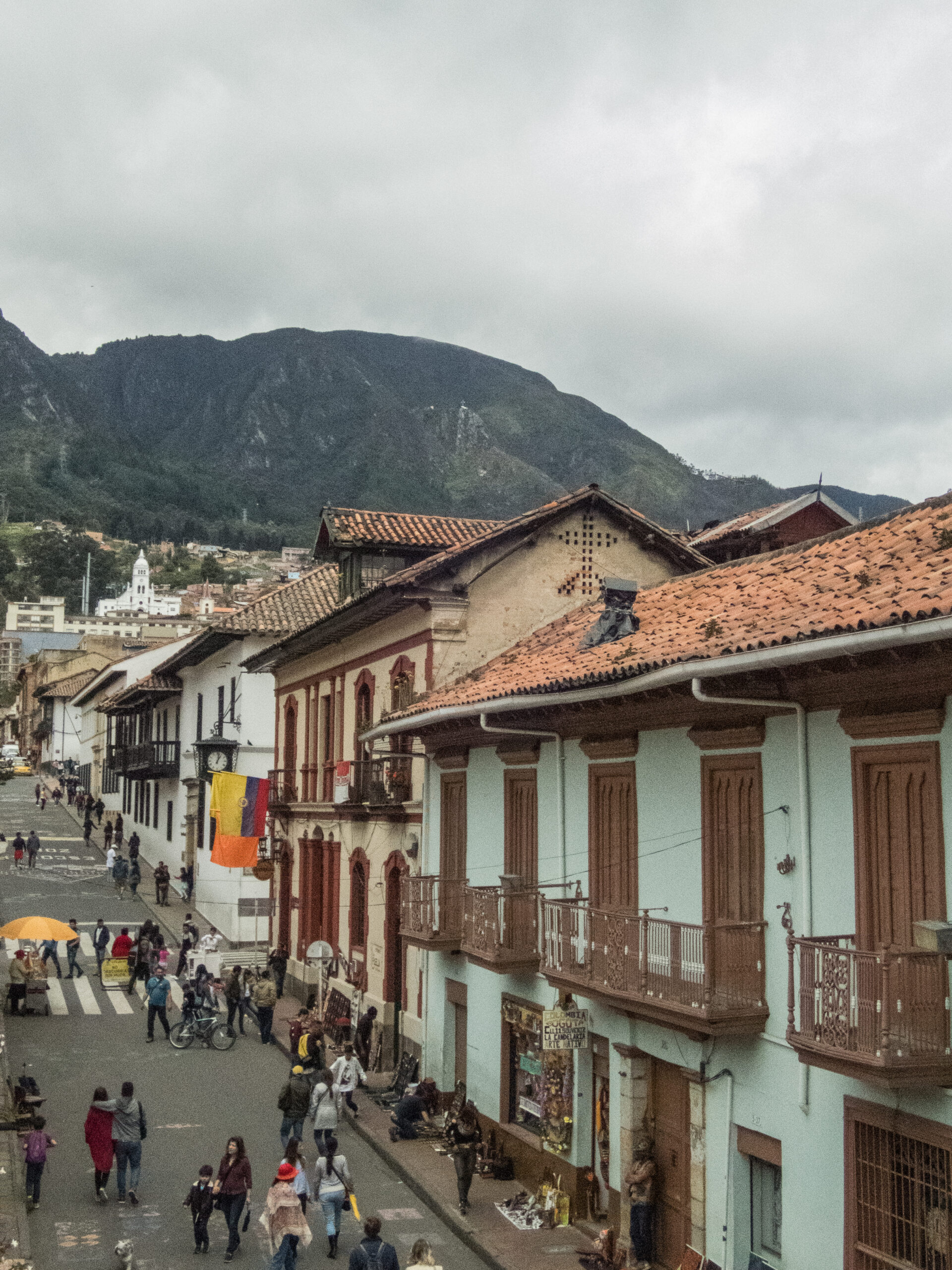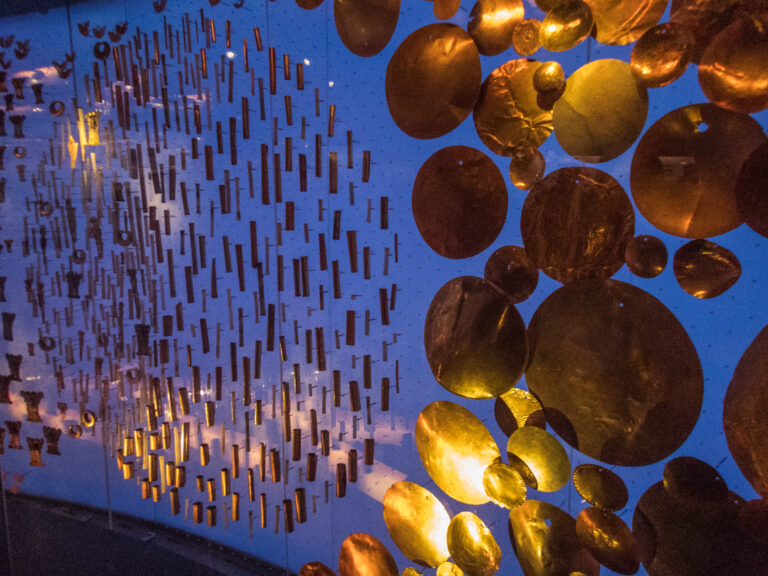Colombia
I sailed to Cartagena de Indias, Colombia, from Panama hopping through several of The San Blas Islands. The last two days were on the high seas and so I was grateful to be back on terra firma.
Travelling in Colombia
Colombia offers the intrepid traveller colourful colonial cities and towns, dense rainforests, important pre-Colombian sites, pristine beaches, fascinating mountain communities, and much more. Many people perceive Colombia as a dangerous destination mostly due to its history of guerrilla warfare and accompanying crime. While petty theft and express kidnapping can occur, I have never met anyone who has spoken of suffering the latter. I took the usual precautions – ordinary clothes, no more than $5 on a watch, a basic but good camera, and no jewellery or flashy mobile phones.
History
Most evidence suggests that the first settlers in Colombia arrived about 12000 years ago. They were hunter-gatherer communities that lived throughout much of today’s Colombia, including: The Magdalena River Basin, Sabana de Bogotá, the Central and West Cordillera, and the Popayán Plateau.
Pre-Colombian Civilisations
Of the great pre-Colombian empires, only the Incas reached Colombia. They came in the early 16th century at much the same time that the Spanish were arriving in the north of the country. They reached the department of Nariño (pronounced Narinyo) which is at the very edge of South West Colombia.
Several different civilisations occupied the country at the time of the arrival of the Spanish and were mostly in the Sierra Nevada or the lowlands between what today are Cali and Bogotá. The principal cultures included the Tayrona in Sierra Nevada and the Muisca and Tierradentro in the lowlands. These cultures began to thrive as far back as 200 BC. Descendants of all three cultures continue to live in those areas today.
Colonialism
Alonso de Ojeda is considered to be the first European to arrive in Colombia, in are believed to 1499. The Spaniards had heard tales of a city paved with gold and precious stones, El Dorado. That gave them all the motive they needed to conquer the area, but they never found the mythical city. In 1525, they established a settlement in Santa Marta. Today, it is the oldest European settlement in South America. Furthermore, in 1533 they founded Cartagena de Indias which provided a sheltered port.
In 1564, Spain established The New Kingdom of Granada which corresponds to much of present day Colombia. Following this, a growing number of Spaniards settled in the new colony. Another major influence on Colombia was the arrival of large numbers of people from Africa who were enslaved and brought to work in the region. It wasn’t long before the number of enslaved people outnumbered the indigenous population.
The region soon grew in importance. Finally, in 1717, the Felipe V of Spain established the Viceroyalty of New Granada which included Panama, Colombia, Venezuela and Ecuador.
Some colonial towns remain little changed since the 16th and 17th century. They provide some excellent examples of Spanish architecture of the era.

Independence
In 1819, Simón Bolívar led the republican army defeating the Spanish, most notably in the Battle of Boyacá. The Viceroyalty of New Granada was declared the Republic of Colombia (Gran Colombia). However, in 1830 the new republic was dissolved creating the independent countries of New Granada (Colombia and Panama), Ecuador and Venezuela. With US support, in 1903 Panama gained independence from the Republic of Colombia.
Modern Colombia
For much of the twentieth century, Colombia was fraught with civil and guerrilla war. New hope arrived in 2016 when the government and the main guerrilla group FARC (Revolutionary Armed Forces of Colombia) signed a peace treaty. This made travelling in some areas much safer. However, Illegal mining and drug trafficking continue to pose a threat especially along the Pacific coast and the regions bordering Ecuador and Venezuela.
Geography
Colombia has a tremendous geographical diversity. Below are the areas I managed to get to. There is a wealth of other fascinating places to explore in Colombia, including: The Pacific Coast, a vast area of the Amazon, and The Coffee Route (La Ruta Cafetera) through the Andes. All good reasons to return!
The Caribbean and the Pacific
Colombia’s Caribbean jewel is the city Cartagena de Indias which has undergone extensive reform of its Spanish Colonial architecture. Within easy reach, tropical islands and beaches await. While most of Colombia’s islands lie in the Caribbean, there are one or two treasures on its Pacific Coast.

The Sierra Nevada and The Lost City
The Tayrona National Park spreads from the Caribbean Coast to the forested mountains of the Sierra Nevada. It contains many hidden treasures and in 1975 one was made known to the world, The Lost City.

Santa Marta makes a good base for the area and has interesting markets and colonial architecture to enjoy. The nearby mountain village of Minca is a great place for tranquility and recovering after trekking to The Lost City.

Bogotá and The Andes
Colombia has many vibrant cities and the Andes provide a picturesque backdrop to the capital, Bogotá. It is also home to my favourite museum – El Museo de Oro.







